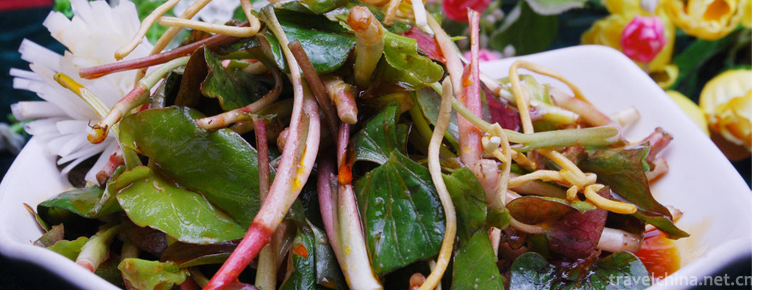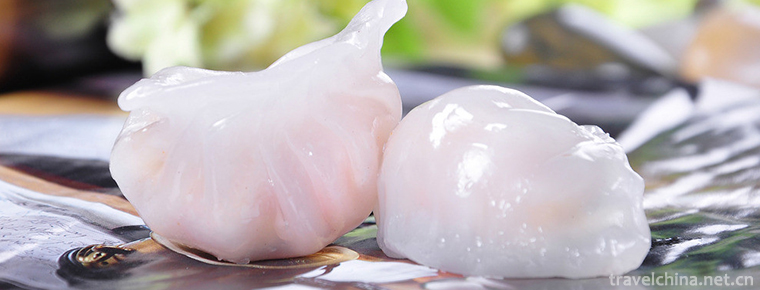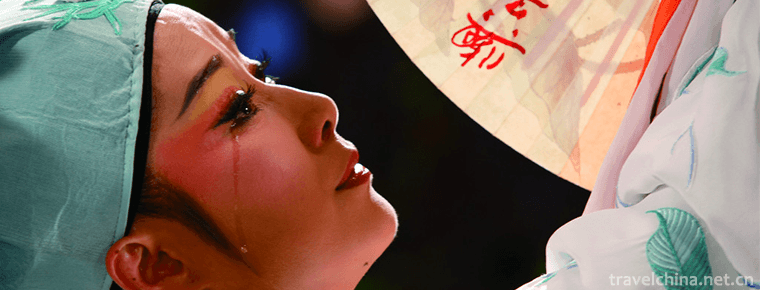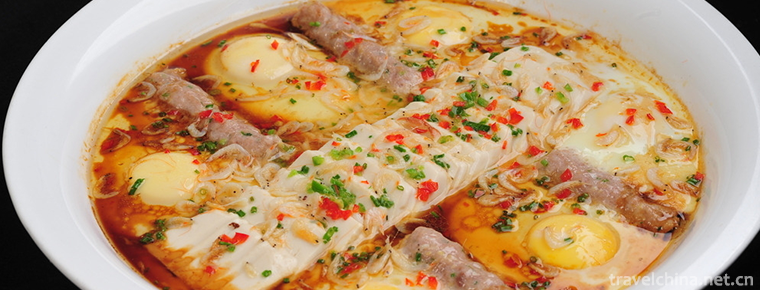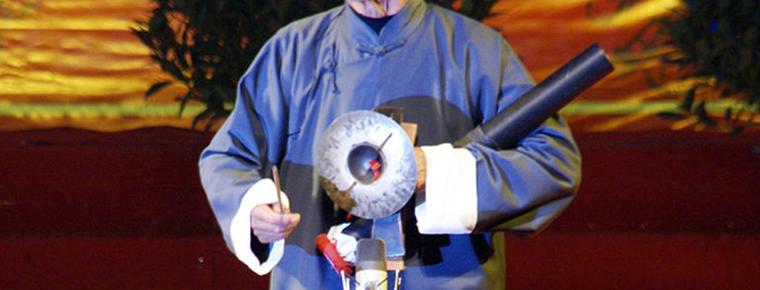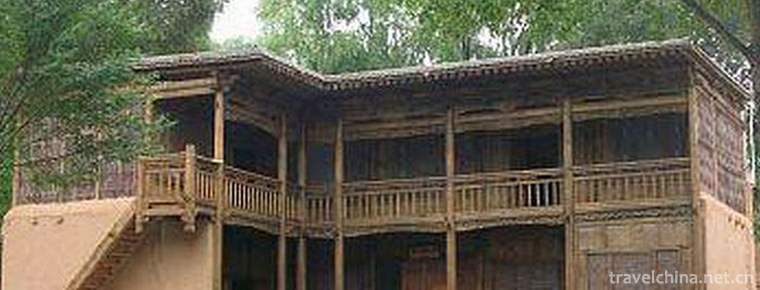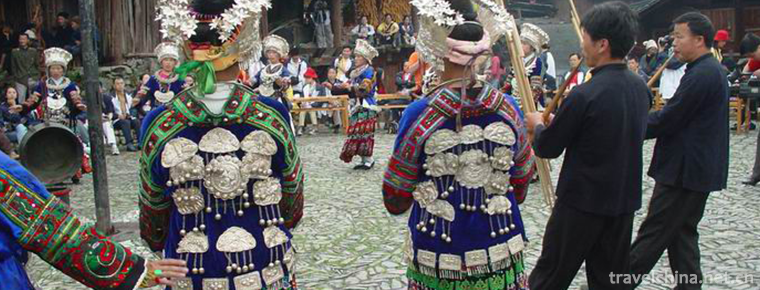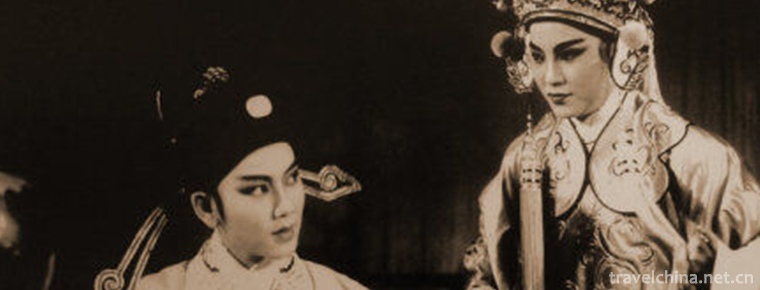Rubbing and Printing Skills of Hengshui Inscriptions
Rubbing and Printing Skills of Hengshui Inscriptions
Hengshui Law Tie Engraving and Printing Technology, the traditional handicraft of Taocheng District, Hengshui City, Hebei Province, is one of the national intangible cultural heritage.
The history of Hengshui wooden carving can be traced back to Tang Dynasty. It flourished in Ming Dynasty and Qing Dynasty. Its exquisite carving skills fully show the exquisite Chinese character calligraphy.
On May 23, 2011, Hengshui Law's engraving and rubbing technology was approved by the State Council and listed in the third batch of national intangible cultural heritage list, item number_-201.
historical origin
The history of the rubbing of Yanzhuang calligraphy can be traced back to the Tang Dynasty. In the eighteenth year of Tang Zhenguan (644), when the sick Taifu Gavenda of Shu Dynasty died in Chang'an, he was buried in the ancestral Tomb of Dongge Village in Taocheng District of Hengshui. The inscription was written by the great calligrapher of Tang Dynasty, Zhu Suiliang Shudan. Businessmen sell rubbings on-site, and rubbings are widely circulated. Later, people in the nearby counties of Hengshui County followed the example of businessmen selling rubbings. For a time, rubbings, papermaking and ink making rose among the villagers around Dongge Village. After thousands of years, to the nineteenth year of Emperor Kangxi of Qing Dynasty, "Hengshui County Chronicle" has a record of "today's peeling off" of the Gavenda tablet.
During the Northern Song Dynasty, the government prevailed to print the calligraphy of predecessors into ink collection. When the wise Hengshui people saw the inconvenience of engraving on the stone tablets, they copied the calligraphic ink of the famous masters of the past dynasties on the wooden board and then printed and mounted them, and sold them in volumes. Because the board is easy to handle and the engraving is time-saving and labor-saving, it has a great role in promoting the industrialization of the later rubbing technology.
In the late Ming Dynasty, Yan Rongzhang, a man named Yan Rongzhang, was an apprentice at the Tie Paver of Liulichang in Beijing. After returning to the village, he handed down the technique of carving Tie to the villagers of Yan Jiazhuang. Villagers handed it down from generation to generation. Everyone took carving as his skill and making Tie as his career. By the middle of Qing Dynasty, Yan Jiazhuang's carving of Fa Tie had formed an industrial chain. At the end of the Qing Dynasty and the beginning of the Republic of China, Yanjiazhuang Fa Tie entered the capital. According to the book "Xiao Zhi of Liulichang" compiled by Sun Dianqi, a Jizhou native, there are shops in the cultural street of Liulichang in Hengshui, where Yan Shizhu and Yan Bingyi master and apprentice operate Fa Tie and print calligraphy album pages. They are "Yimotang" opened in Guangxu 20 years and "Yunzhu Dun" opened in the 16th year of the Republic of China. During this period, because of the idea of reform, advocating new learning, setting up schools in the society, advocating equality between men and women, children were enrolled in school to study and learn Chinese characters. For a time, there was a great demand for copies of traditional calligraphy. This also promoted Yan Jiazhuang's calligraphy to expand the scale of production and operation. At that time, besides selling in Beijing, Tianjin and Hebei, Hengshui cultural traders also traveled to Shanxi, Shaanxi and China. Mongolia, Liaoning and other places for export.
By the outbreak of the War of Resistance Against Japan, Hengshui Tie had ceased because of the war, the founding of New China, the rise of new technology, the lack of access to traditional skills, the local legacy of Tie rubbings, rubbings and other precious cultural relics were destroyed as the "Four Old" in the "Cultural Revolution", surviving hundreds of old Tie boards has been a very small part. Since the 1990s, with the state's emphasis on the protection of cultural relics, Hengshui Tie Printing Technology has been listed in the national intangible cultural heritage protection list. The government has made great efforts to inherit this traditional technology by appointing inheritors, building museums and supporting the development of cultural industries.
Inheritance significance
Inheritance value
Hengshui Tie Printing Technology is not only an ancient printing technology that once promoted the spread of Chinese calligraphy art, but also an art that can be replaced by modern printing as a printing technology. However, as an art, it incorporates the producer's understanding and emotion of the original calligraphy art, and is converted into paper art form through woodcut and rubbing. This kind of production experience is essentially a kind of artistic creation, which has artistic value.
Inheritance status
There are fewer and fewer people who study Hengshui law stamp engraving and printing technology, which makes Hengshui law stamp engraving and printing technology face the problem of inheritance.
Inheriting characters
Yan Changhao, male, Han nationality, born in 1934 in Taocheng District, Hengshui City, Hebei Province. In 2008, he was selected as the representative successors of the first batch of intangible cultural heritage projects in Hebei Province.
Li Guangmin, male, Han nationality, born in 1972 in Taocheng District, Hengshui City, Hebei Province. In 2013, he was selected as the representative successors of the third batch of intangible cultural heritage projects in Hebei Province.
protective measures
In 1994, the State Administration of Cultural Relics allocated special funds to build the "Museum of Law Ties" in Baoyun Monastery.
In 2009, the Taocheng District Committee and the District Government of Hengshui City invested 700,000 yuan to move the Fate Museum into the People's Road Study Exhibition Hall in the city center.
social influence
In March 2009, Hengshui Law's engraving and rubbing technology became the only provincial intangible cultural heritage project in Hebei Province to participate in China's Intangible Cultural Heritage Exhibition Conference in Beijing.
In January 2011, the first cross-regional exchanges were achieved between block printing and French print rubbing, with "World Heritage" and "National Heritage" joining hands.
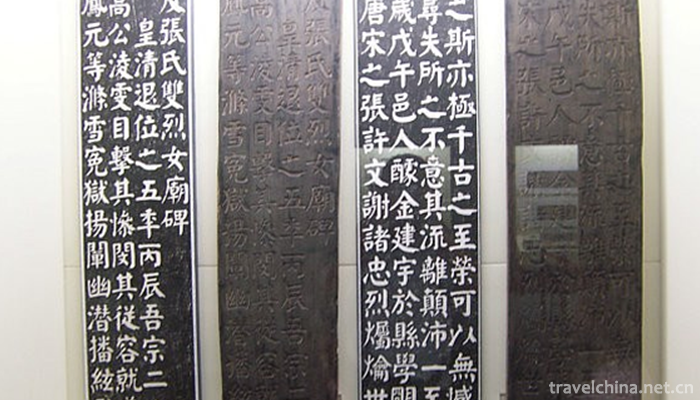
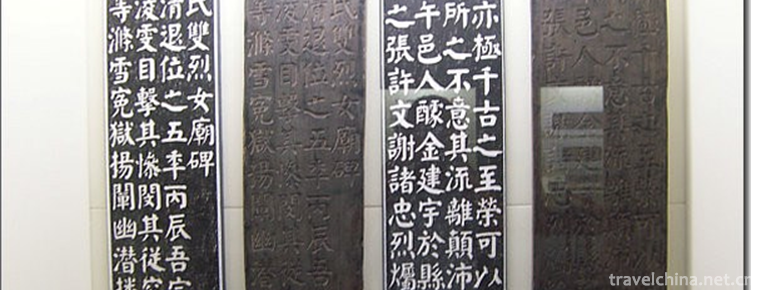
Rubbing and Printing Skills of Hengshui Inscriptions
-
Houttuynia cordata Thunbherba houttuyniae
Houttuynia cordata Thunb. is a kind of herbal medicine collected in the Chinese Pharmacopoeia
Views: 271 Time 2018-10-12 -
QomolangmaEverest
Mount Qomolangma (Mount Qomolangma) is the main peak of the Himalayas and the highest mountain in the world. It is located on the border between China and Nepal. The peak is located in China
Views: 298 Time 2018-10-30 -
Crystal shrimp dumplings
Crystal shrimp dumpling is one of the traditional Cantonese tea house snacks. It is as famous as dry steamed cooking, fork cooking and egg tarts.
Views: 309 Time 2018-11-14 -
legend of butterfly lovers Liang Zhu
Legend of Liang Zhu (Legend of Liang Shanbo and Zhu Yingtai) is a sad and moving love story. It is also called four ancient Chinese folklores with Meng Jiangnu, Niulang Zhinu and White Snake Biography
Views: 319 Time 2018-12-23 -
Yellow River Estuary Ecotourism Area
The Yellow River Estuary Ecotourism Area is located in the Yellow River estuary area of Dongying City, Shandong Province. It has unique ecotourism resources of the Yellow River Delta
Views: 166 Time 2019-01-18 -
Bagongshan bean curd
Bagongshan Tofu, also known as Four Seasons Tofu, is a local traditional snack in Huainan City, Anhui Province. Bagongshan tofu is crystal clear, white like jade board, tender like congealed fat, deli
Views: 171 Time 2019-03-27 -
Hunan fishing drum
Fishing drum is also called tube and bamboo piano. Song Dynasty has emerged, is a popular traditional musical instrument in Hubei, Hunan, Shandong, Guangxi and other areas, often used in opera perform
Views: 187 Time 2019-05-03 -
Huaihai Opera
Huaihai Opera, one of the national intangible cultural heritage, is a local traditional drama in Huaian City and Lianyungang City of Jiangsu Province.
Views: 175 Time 2019-05-04 -
Construction Techniques of Salar Fence Tower
The construction technique of the fence building of Sala nationality refers to the traditional construction method of the fence wooden building with the unique architectural form of Sala nationality i
Views: 279 Time 2019-06-11 -
Bronze drum dance
Tonggu dance is one of the most popular and influential ancient dances among the Zhuang and Yi people in Wenshan Zhuang and Miao Autonomous Prefecture of Yunnan Province. It is distributed in Zhuang a
Views: 105 Time 2019-06-21 -
Shaoxing opera
Vietnam Opera is the second largest opera in China, known as the second national opera, also known as the "most widely circulated local opera". Some people think that it is the "largest
Views: 147 Time 2019-07-16 -
Guangan economy
In 2019, the GDP of Guang'an City will reach 125.04 billion yuan, an increase of 7.5% over the previous year (the same below). Among them, the added value of the primary industry was 20.43 billion yuan, an increase of 2.8%; the added value of the secon
Views: 365 Time 2020-12-19
